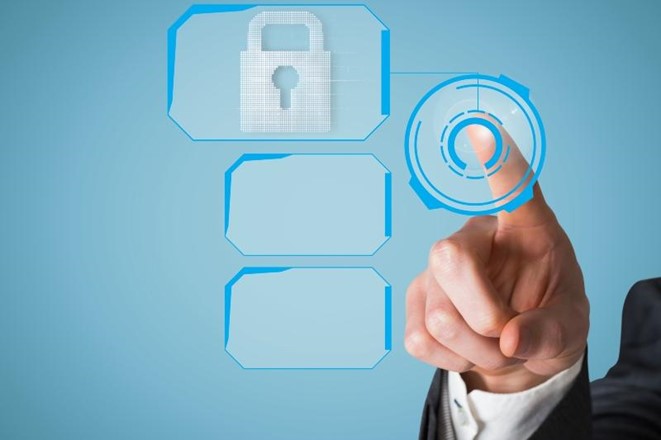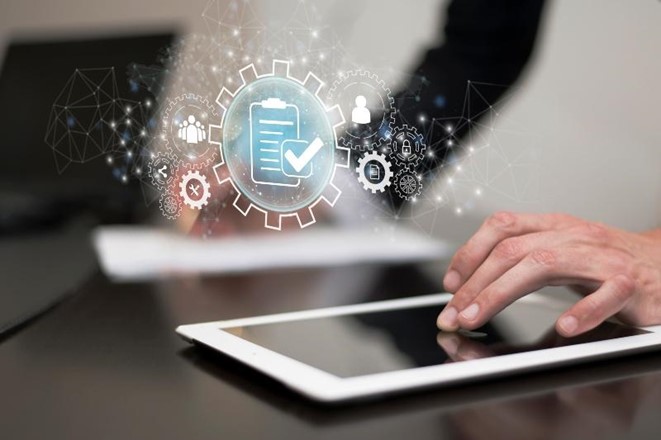Good access management is crucial to protect sensitive information, prevent security breaches, and comply with regulations to ensure business continuity.
Why is good access management crucial in your company?
Access and identity management have become a fundamental organizational pillar in today’s digitalization. Who has access to what resources within the organization protects sensitive information and ensures business continuity and regulatory compliance.
Some key reasons why good access management is crucial for any organization are:
Protection of sensitive information
Sensitive information, such as financial data, intellectual property, and personal data of employees and customers, is one of an organization’s most valuable assets. Proper access management ensures that only authorized people can access this information, reducing the risk of data breaches and theft.
This is especially important in finance, healthcare, and technology sectors, where data protection is critical.
Security breach prevention
Security breaches have significant negative consequences for organizations, including substantial financial losses, reputational severe damage, and legal sanctions. Effective access management helps prevent these breaches by limiting access to critical systems and data to only those who genuinely need it.
In addition, implementing measures such as multi-factor authentication or continuous monitoring allows you to detect and respond to unauthorized access attempts quickly.
Business continuity
Business continuity highly depends on the company’s ability to protect its critical systems and data. Proper access management ensures that employees can access the resources they need when they need them to perform their jobs safely and efficiently, even in emergencies.
This minimizes downtime and ensures that the company continues to operate without interruption.
Reduction of internal risks
Not all security risks come from the outside; employees can also pose a threat, either intentionally or accidentally. Effective access management helps mitigate these risks by limiting access to data and systems to those employees who really need it to do their jobs.
In addition, implementing identity and access management (IAM) policies and conducting regular audits can identify and remediate potential internal vulnerabilities.

5 keys to improve your company’s Access Management
Access management is a corporate activity that must be constantly updated and reviewed to incorporate the most advanced procedures and tools.
Today, following these five steps is crucial in ensuring good identity and access management in your organization:
Use multi-factor authentication
Multi-factor authentication (MFA) is one of the most effective measures to protect access to company systems. MFA requires users to provide two or more verification forms before accessing a resource. This can include something the user knows (such as a password), something the user has (such as a security token), or something the user owns (such as a fingerprint). Implementing MFA significantly reduces the risk of unauthorized access, because even if one password is compromised, attackers will still need to get through the other layers of security.
In addition, MFA can be adapted to different levels of security depending on the sensitivity of the data or systems being accessed. For example, more authentication factors may be required to access highly sensitive information. It’s also essential to educate employees about the importance of MFA and how to use it correctly to maximize its effectiveness.
Implement a robust identity and access management policy
A well-defined identity and access management (IAM) policy ensures that only the right people can access the right resources at the right time. This policy should include procedures for creating, modifying, and deleting user accounts and assigning roles and permissions. In addition, regular cybersecurity audits are essential to ensure that policies are being followed and that there is no unnecessary or dangerous access.
The IAM policy should be clear and understandable to all employees. It should also be reviewed and updated regularly to accommodate company structure changes and security threats. Integrating IAM with other security solutions, such as multi-factor authentication and continuous monitoring, is crucial to creating a cohesive and robust security approach
Discover cyber intelligence applied to access management
Cyber intelligence provides valuable insights into threats and vulnerabilities that could impact a company’s access management. Using cyber intelligence tools makes it possible to identify suspicious patterns of behavior, locate open breaches and exposed vulnerabilities that affect access, such as compromised credentials, and respond quickly to potential security incidents. Cyber intelligence helps predict and prevent attacks before they occur, thereby improving the company’s security posture.
Implementing cyber intelligence involves using advanced technologies such as big data analytics, machine learning, and artificial intelligence to analyze large volumes of data and detect threats in real-time. It is also important to collaborate with other organizations and share threat intelligence to improve the ability to respond to and defend against cyberattacks.
Perform continuous automation and monitoring
Automating access management processes improves efficiency and reduces the risk of human error. Automation tools can manage tasks such as provisioning and deleting user accounts, assigning permissions, and performing audits. In addition, continuous access monitoring allows detecting and responding to suspicious activity in real-time. Implementing monitoring and automation solutions ensures that access management is proactive rather than reactive.
Continuous monitoring should include monitoring all access to critical systems and data, identifying anomalous behavior patterns that may indicate an unauthorized access attempt, and detecting compromised credentials. Automatic alerts and detailed reports help security teams quickly respond to incidents and take preventative action to prevent future attacks.
Encourage good security practices
Educating and raising employees’ awareness of good security practices is critical to effective identity and access management. This includes creating strong passwords, identifying phishing emails, and not sharing credentials. Conducting regular training and attack simulations helps keep employees aware, alert, and prepared to deal with potential threats.
In addition, it is crucial to foster a culture of cybersecurity within the company, where all employees understand their responsibility to protect the organization’s data and systems. This should include implementing clear security policies, promoting open communication about potential threats, and, as a complement, rewarding safe behaviors.
Benefits of optimized access management
The main benefit of optimized access management is its contribution to business continuity and success.
In addition, and reinforcing the previous one, we find other benefits such as:
Increased protection of sensitive information
Streamlined access management ensures that only authorized individuals can access sensitive company information. This reduces the risk of data breaches and protects intellectual property and other valuable assets. In addition, good access management prevents unauthorized access to critical systems, minimizing the impact of potential security incidents.
Increased operational efficiency
Implementing efficient access management improves employee productivity by ensuring they have fast and secure access to the resources they need to do their jobs at the exact time they need them. Automating processes such as provisioning and deleting user accounts and assigning permissions reduces administrative burdens and allows IT teams to focus on more strategic tasks. This, in turn, leads to higher productivity and better resource use.
Improved Regulatory Compliance
National regulations and international standards, such as the General Data Protection Regulation (GDPR) in Europe, the Health Insurance Portability and Accountability Act (HIPAA) in the United States, or ISO 27001, require companies to implement appropriate access controls to protect sensitive information. Good access management helps to comply with these requirements, avoiding possible sanctions and fines. In addition, strict regulatory compliance strengthens the company’s reputation and increases the trust of customers and business partners.

Discover how Kartos by Enthec can strengthen your organization’s identity and access management
Kartos Corporate Threat Watchbots, the threat monitoring platform developed by Enthec, allows the organization to monitor beyond its IT perimeter to locate member credentials leaked and open security breaches that may compromise identity and access management.
Kartos by Enthec locates and transfers to the organization the corporate passwords that are exposed to the reach of any cybercriminal on the web, the deep web, and the dark web so that they can proceed to cancel them. In addition, it provides details about the possible security breaches that caused such a leak.
Do not hesitate to contact us to learn more about how Kartos by Enthec can help you strengthen your organization’s identity and access management.


